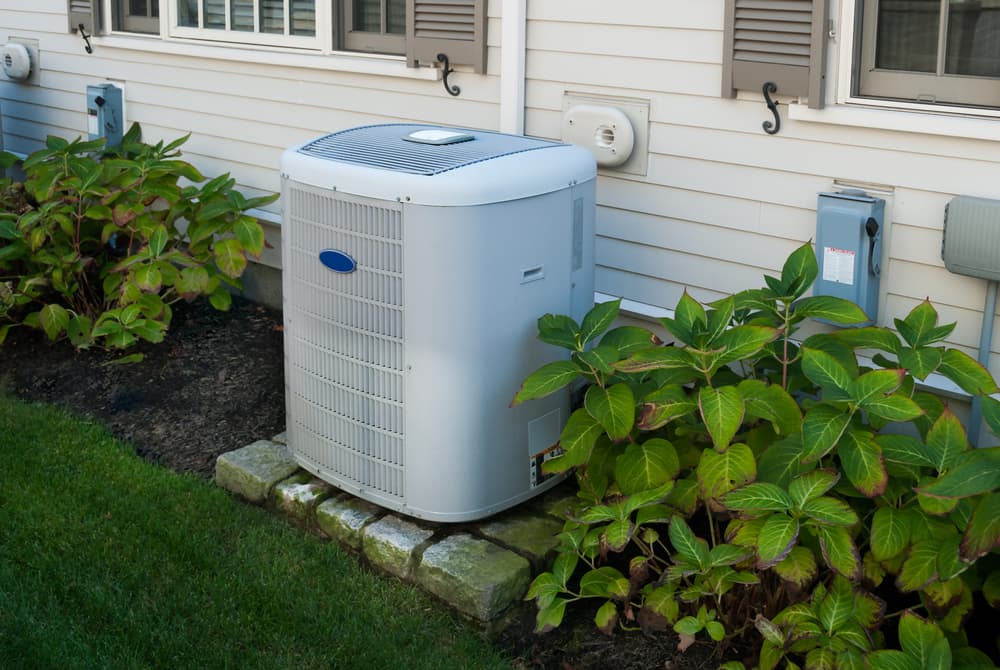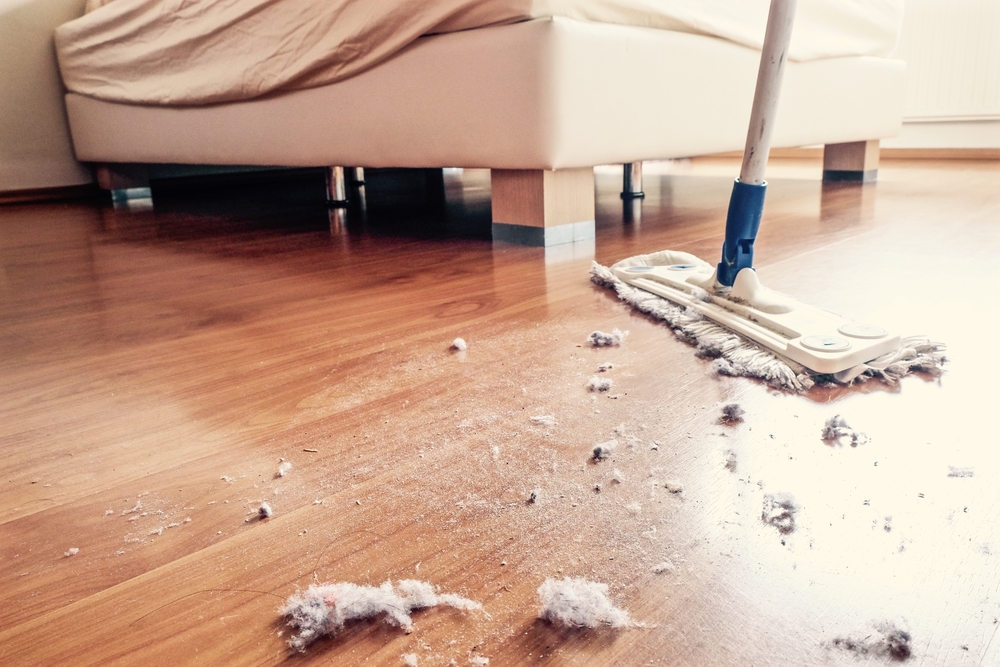
Residential heating methods are known to be available in a wide variety of systems and configurations. Typically, you’ll see forced-air, radiant floor, hydronic (radiator) and/or baseboard electric setups. With that said, what is the relationship between your HVAC setup and the quality of your indoor air? Let’s find out.
Combustion Appliances and Their Link to Air Quality
A combustion appliance is any device that burns fuel. This can include fireplaces, furnaces, woodstoves, gas-fired stoves, gas water heaters and dryers, and more. Combustion appliances such as these require air to burn fuel and provide a draft for the appliance’s chimney. Fuels for combustion appliances can consist of propane, oil, natural gas, wood, or even corn pellets, and some of these can emit toxins such as CO2 that need to be filtered out to keep conditions safe and comfortable.
Buoyancy Drafting
Oil, propane and natural gas furnaces typically rely on the natural buoyancy of heated gases from the flue as a means of ventilation. Therefore, they draw in air from the building for combustion. Also, keep in mind that hot air and gases rise passively, so if those gases are contained in a steel or brick chimney, for instance, any hazardous by-products are emitted outside. This is how buoyancy drafting works: Naturally funneling exhaust out of space due to the rising nature of gas and air.
The Stack Effect
The stack effect is the process of air moving in and out of buildings by way of chimneys, flue-gas stacks, and other forms of ventilation and exhaustion. It’s more effective during colder months when the outside air temperature is lower. It’s, therefore, a good idea to weigh the effectiveness of the stack effect in your home without factoring in wind velocity, as it changes constantly and can’t be a reliable source of ventilation.
Natural vs. Mechanical Ventilation
Most ventilation in our homes has been provided by windows, air leaks in walls, or dedicated vent systems, among other natural means. This solution is ideal for those seeking a low-cost, easy-to-set-up alternative, but bear in mind that weather conditions will influence the thermal stack effect, such as the wind’s capability to push air around.
A mechanical ventilation system, on the other hand, filters the air in and out of the building in a more tightly controlled manner. Fresh outside air is brought in via ducts, filtered, tempered, and distributed into the interior spaces of the property. The rate of supply is also controlled, and “stale” air is easily filtered out and emitted regardless of the stack effect’s power at the time.
Want to learn more about the relationship between your HVAC system and indoor air quality? Or, are you in need of a professional inspection to identify and quantify current conditions? Reach out to us today for assistance.






